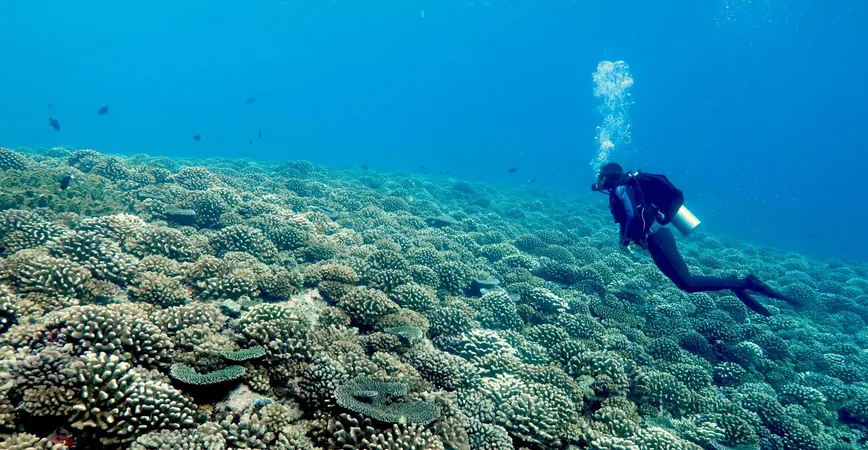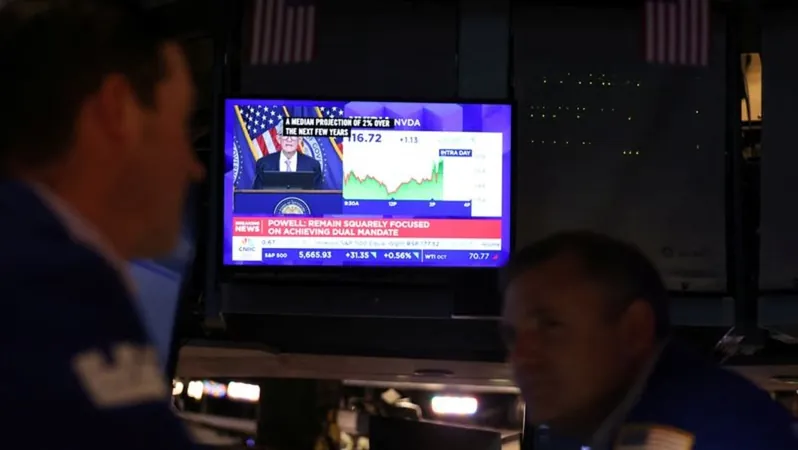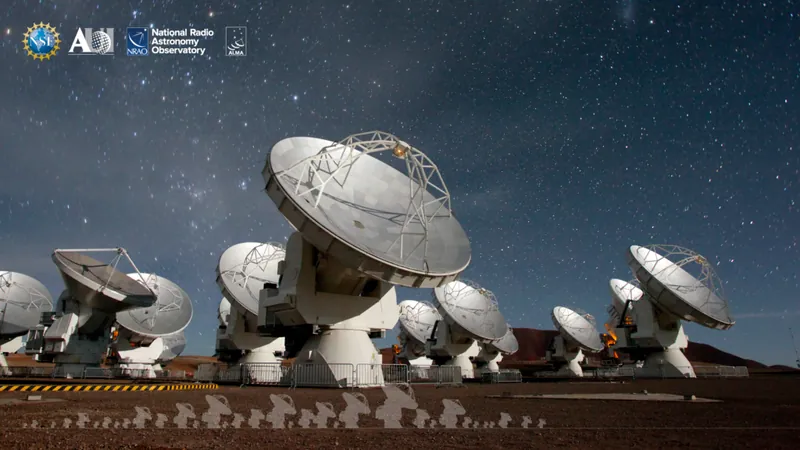
Can Dead Coral Skeletons Derail Reef Recovery? Shocking New Research Reveals the Hidden Threat!
2024-09-26
Introduction
Coral reefs, often dubbed the "rainforests of the sea," boast intricate structures that offer habitats for a riches of marine life. However, recent findings from researchers in Moorea, French Polynesia, suggest that these dead coral skeletons, remnants of past bleaching events, could be a major obstacle to reef regeneration—transforming them into inadvertent havens for encroaching seaweed.
Research Overview
In a study published in the journal *Global Change Biology*, lead author Kai Kopecky, formerly a doctoral student at UCSB, highlights the critical role structural complexity plays in both nurturing and hindering the recovery of coral ecosystems following disturbances. While natural events such as storms or predation can devastate coral populations, it is the aftermath of bleaching that presents an unexpected challenge.
Coral Bleaching and its Effects
When corals undergo bleaching—often due to rising water temperatures that cause them to expel essential symbiotic algae—they become susceptible to death. Unlike storms that wipe out entire colonies and create a clean slate for regrowth, bleaching leaves behind a network of dead coral structures. This dead infrastructure provides a protective shield for opportunistic seaweed, preventing herbivores from grazing on it and allowing macroalgae to thrive while stifling new coral growth.
Observations from Moorea's Reefs
The research team observed that the aftermath of a severe bleaching event in 2019 resulted in extensive coral mortality, but the structural remnants remained intact, leading to a stark contrast in recovery patterns compared to previous storm events. While hope for recovery was evident after a 2010 cyclone that stripped Moorea's reefs, this time it was an entirely different story—one where seaweed dominated the landscape.
Competition Between Coral and Macroalgae
Kopecky’s research emphasizes the competition between thriving macroalgae and vulnerable young corals. With algae able to reproduce rapidly and colonize the reef space long before corals can settle—often spawning just once a year—the competition becomes increasingly fierce. The dire situation was observed as the coral cover plummeted while macroalgae proliferated after the bleaching event, illustrating an alarming trend that could signal a slow-motion crisis for ocean ecosystems.
Ecological Implications
The implications of this research stretch further into ecological principles such as "ecological memory," referring to the legacy of past disturbances and their influence on current ecosystem dynamics. As shifting disturbance regimes alter how ecosystems respond to heat stress and other challenges, many marine environments may find themselves ill-equipped to adapt.
Future Research Directions
Kopecky is now focusing on whether eliminating dead coral skeletons could be a viable strategy for revitalizing coral populations. Drawing parallels with forest management techniques that use controlled burns to remove deadwood, researchers are considering innovative ways to manipulate existing structures in reef ecosystems to promote recovery.
Conclusion
The fight for the future of coral reefs is urgent, as ongoing climate changes threaten to exacerbate bleaching events. As we navigate these pressing challenges, understanding the intricate dance between coral, algae, and herbivores will be vital to restoring health and biodiversity in these essential marine habitats. Stay tuned as researchers continue to unravel the complexities of coral reef recovery—because the fate of these mesmerizing underwater worlds hinges on our willingness to act!




 Brasil (PT)
Brasil (PT)
 Canada (EN)
Canada (EN)
 Chile (ES)
Chile (ES)
 España (ES)
España (ES)
 France (FR)
France (FR)
 Hong Kong (EN)
Hong Kong (EN)
 Italia (IT)
Italia (IT)
 日本 (JA)
日本 (JA)
 Magyarország (HU)
Magyarország (HU)
 Norge (NO)
Norge (NO)
 Polska (PL)
Polska (PL)
 Schweiz (DE)
Schweiz (DE)
 Singapore (EN)
Singapore (EN)
 Sverige (SV)
Sverige (SV)
 Suomi (FI)
Suomi (FI)
 Türkiye (TR)
Türkiye (TR)